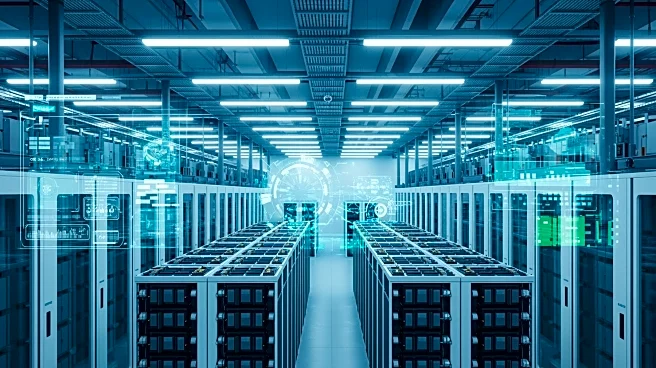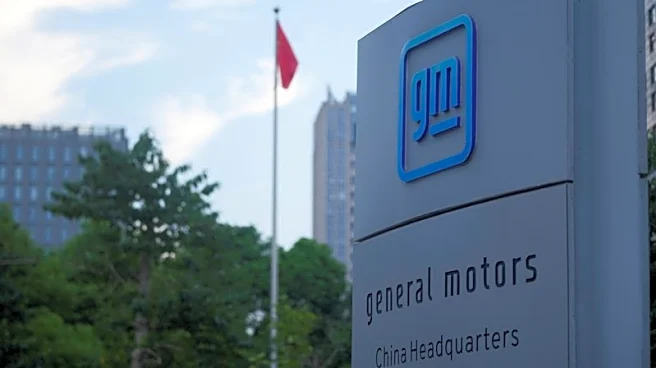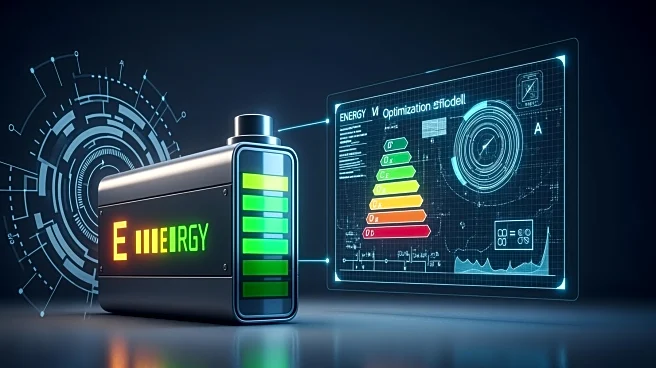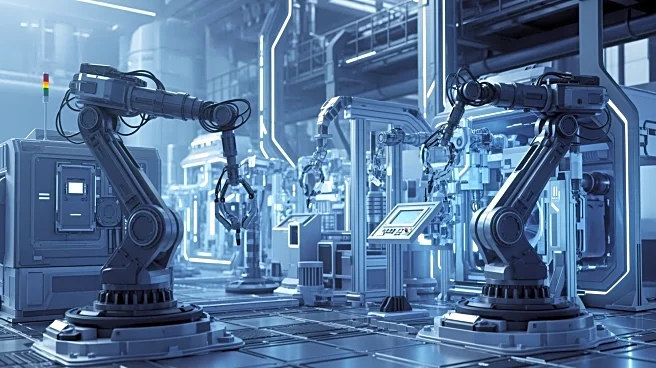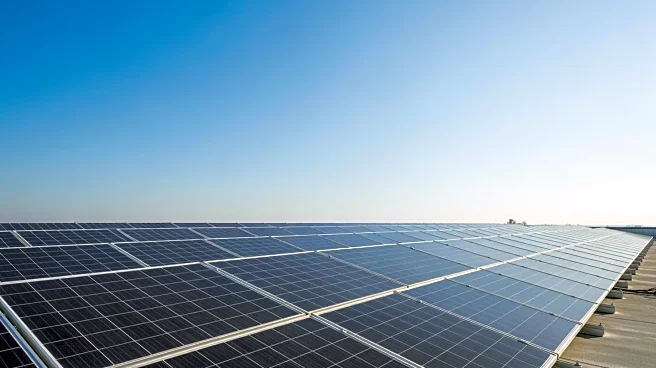What's Happening?
The U.S. energy storage sector is undergoing significant changes as it faces rising energy demand and grid modernization challenges. Jeremy Furr, Senior Vice President of Strategic Sourcing at Stryten
Energy, highlights the need for reshoring the battery supply chain and diversifying energy storage technologies. Tariffs and global trade uncertainties have increased costs for imported battery materials, prompting companies to explore onshoring and nearshoring solutions. The push for localizing battery manufacturing is intersecting with the need to diversify battery chemistries, such as lithium, lead, and vanadium. This shift aims to build a resilient, future-ready energy storage ecosystem that can withstand geopolitical uncertainties and supply chain disruptions.
Why It's Important?
The reshoring and diversification efforts are crucial for securing a reliable energy storage supply chain in the U.S. As the electrical grid faces strain from aging infrastructure and extreme weather events, the need for stable power delivery becomes more urgent. By broadening the mix of battery chemistries, the sector can enhance grid reliability and reduce exposure to supply chain risks. Technologies like vanadium redox flow batteries and advanced lead battery energy storage systems offer alternatives to lithium-based systems, providing resilience and sustainability. These efforts are not only industry priorities but national ones, as they lay the groundwork for a more secure and flexible energy infrastructure.
Beyond the Headlines
The transition to a diversified energy storage ecosystem involves significant investment and strategic partnerships. Constructing lithium cell plants requires substantial financial resources, leading companies to pursue joint ventures, mergers, and acquisitions. The move from importing complete battery packs to assembling modules domestically reflects a long-term goal of localizing cell production and raw material sourcing. These strategies are paving the way for a robust domestic supply chain, which is essential for meeting future energy challenges. As more companies and leaders step up to lead the change, the vision of a strong domestic energy storage supply chain is becoming increasingly attainable.
